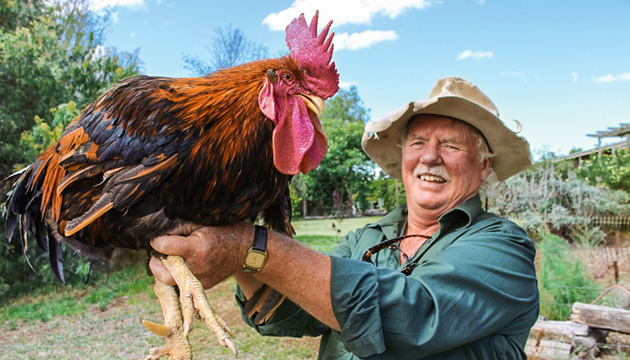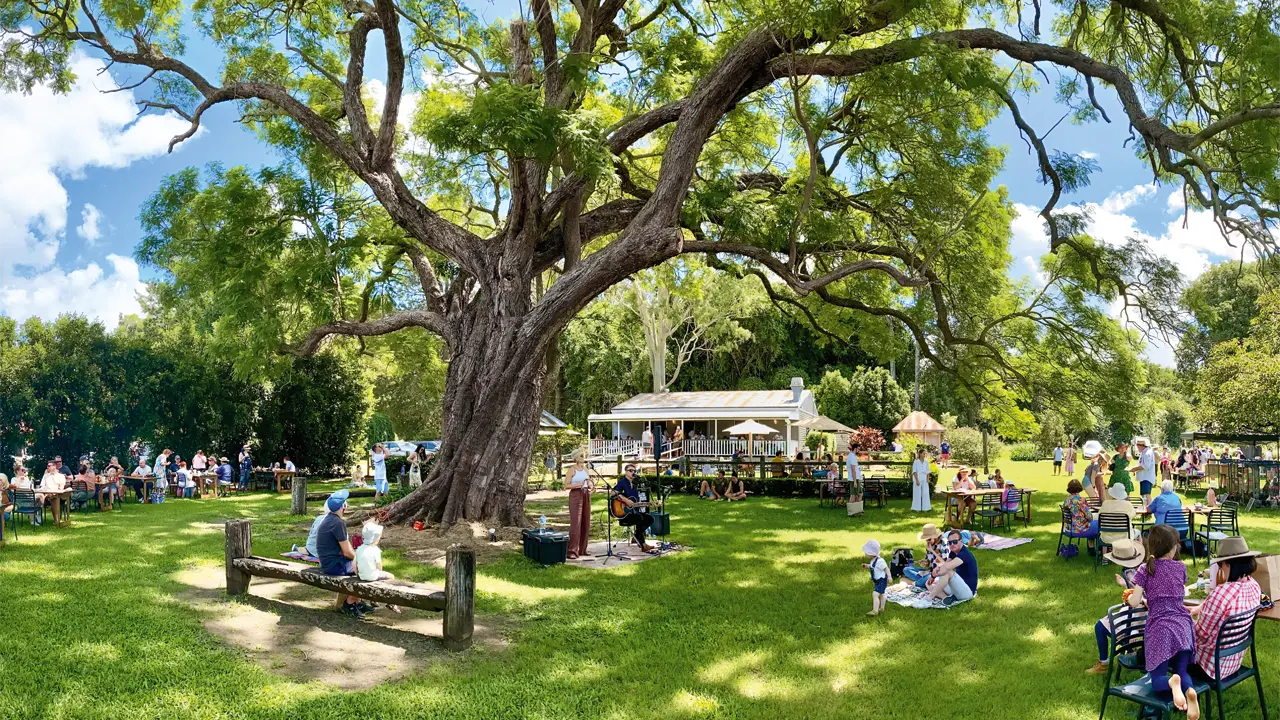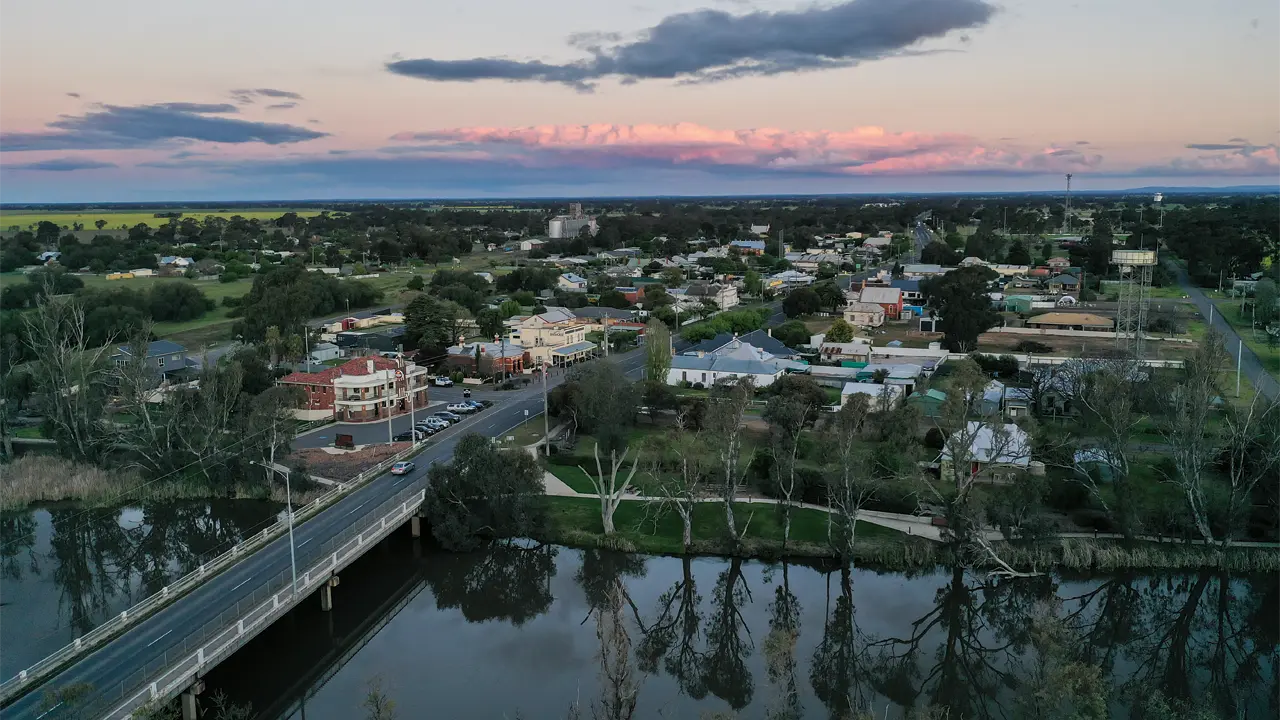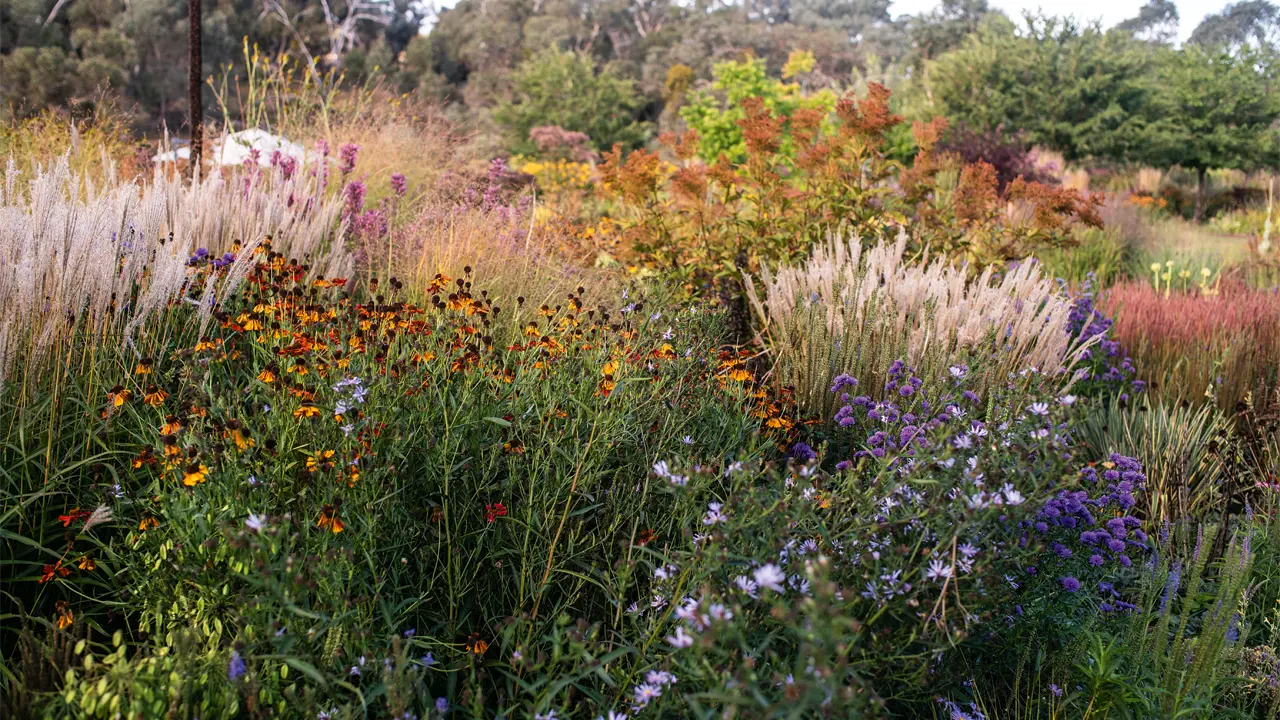Martin Butler has supported regional Victorian communities through the hard times for 30 years.
Story By Tom Dawkins
The mob of Suffolk ewes scurrying towards the ute knows the routine. It’s tucker time. The paddocks of the Golden Plains Shire, between Ballarat and Geelong, Vic, are barer than usual and the sparse ground feed is being supplemented with rations of hay and grain.
One local stock owner engaged in the regular summer feeding regime is 60-year-old Martin Butler, of Teesdale. His flock is smaller than the mixed-farming district’s average, where fine wool and prime lamb production takes place alongside broadacre cropping. His sheep enterprise is an interest he pursues in his ‘down time’.
Although Martin calls himself a rural social worker, it’s a job description that hardly scratches the surface of what this remarkable man does. He is a champion for the mental health of farmers and their rural communities throughout regional Victoria.
Unfortunately there aren’t too many people like me who go out and spend time actually talking to people on their farms or in little rural communities,” Martin says. “In outlying communities there are very few services and we know that rural communities need unique programs tailored to their particular needs, especially when it comes to matters like men’s health.”
In his role as a Uniting Care social worker, Martin spends much of his time at emergency relief centres for families needing food. He has also supervised work-for-the-dole participants, most of whom are immigrants, at the Braybrook Community Garden.
In professional circles, Martin is acknowledged as one of the few social workers who understand how rural Australia ticks and how the welfare needs of those beyond the capitals and big regional cities are impossible to pigeonhole. His unique skills mean his advice is highly sought after by universities shaping their social-work syllabus, as well as by state and federal governments developing rural social-work policies.
This Story is from Issue #107
Outback Magazine: June/July 2016










